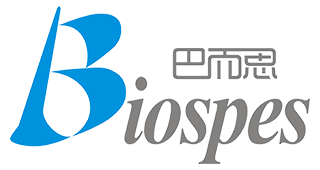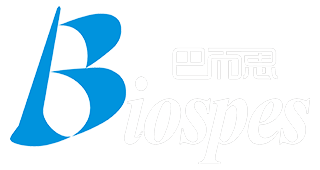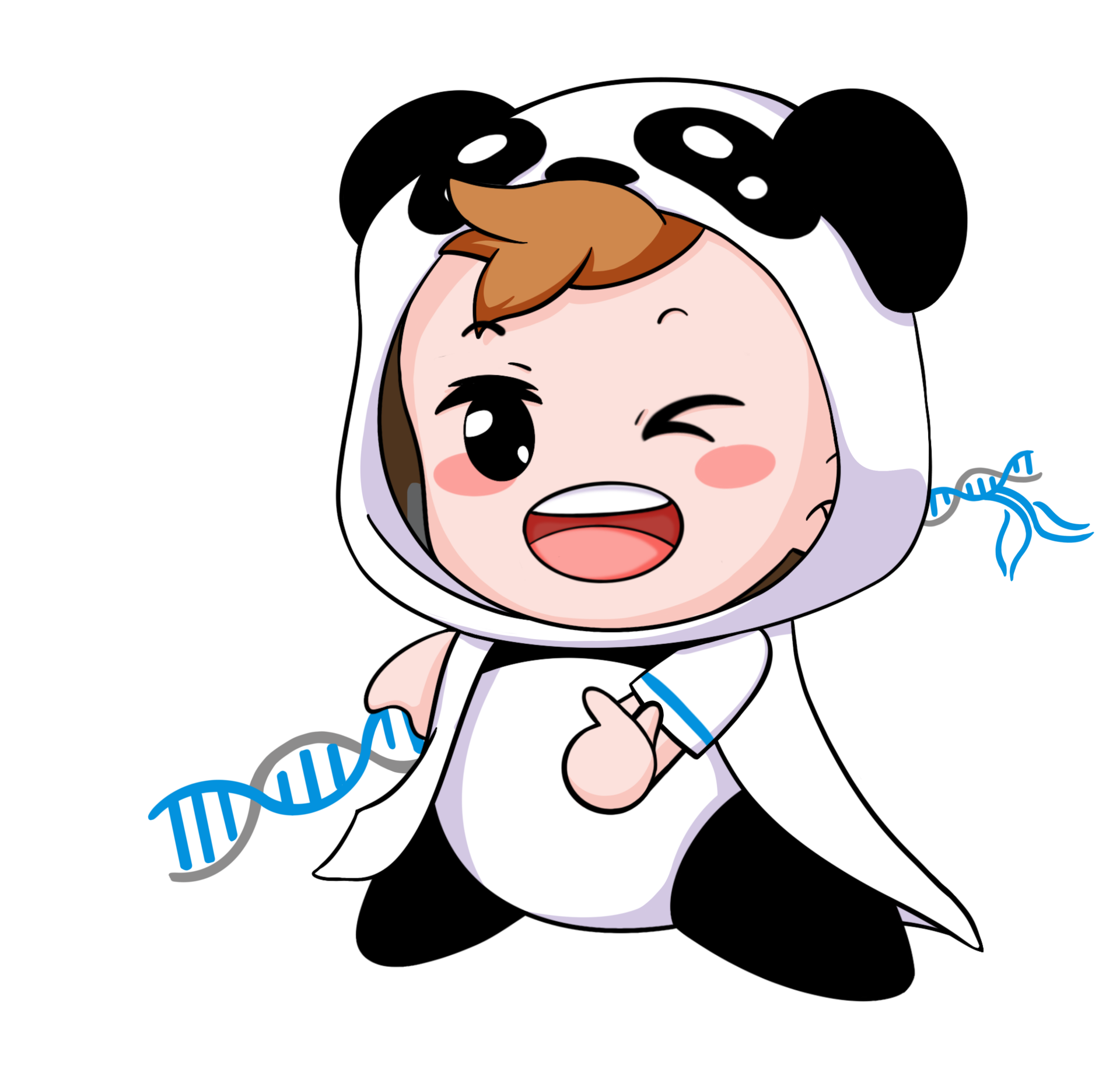Catalog# BPA1110
Lot # Check on the product label
Size 100 μg
Isotype IgG
Host Rabbit
Reactivity Human
Product Form Liquid
Purification Immunogen affinity purified
Immunogen
A synthetic peptide (conjugated with KLH) corresponding to the region of human Vitamin K-dependent protein S.
Recommend Application
Western Blot, WB (1:500)
Other applications have not been tested.
The optimal dilutions should be determined by end user.
Storage Buffer
1*PBS (pH7.4), 0.2% BSA, 40% Glycerol and 0.05% Sodium Azide. 保存
Storage Instruction
Store at 4°C after thawing (1 week). Aliquot and store at -20°C for long term (at least one year).
Avoid repeated freeze and thaw cycles.
Background
Vitamin K-dependent protein S(VKDPS), also called PROS1, exists in 2 forms in plasma: the free, functionally active form, and the inactive form complexed with C4b-binding protein. The PROS1 gene contains 15 exons and spans more than 80 kb, maps to chromosome 3q11.2. It was known to be synthesized mostly by hepatocytes. The best characterized function of Protein S is its role in the anti coagulation pathway, where it functions as a cofactor to Protein C in the inactivation of Factors Va and VIIIa. Only the free form has cofactor activity.
Reference
1. Dahlback, B., Stenflo, J. High molecular weight complex in human plasma between vitamin K dependent protein S and complement component C4b-binding protein. Proc. Nat. Acad. Sci. 78: 2512-2516, 1981.
2. Maillard, C., Berruyer, M., Serre, C. M., Dechavanne, M., Delmas, P. D. Protein-S, a vitamin K-dependent protein, is a bone matrix component synthesized and secreted by osteoblasts. Endocrinology 130: 1599-1604, 1992.
3. Castoldi E, Hackeng TM (September 2008). "Regulation of coagulation by protein S". Curr. Opin. Hematol. 15 (5): 529–36.
Details



